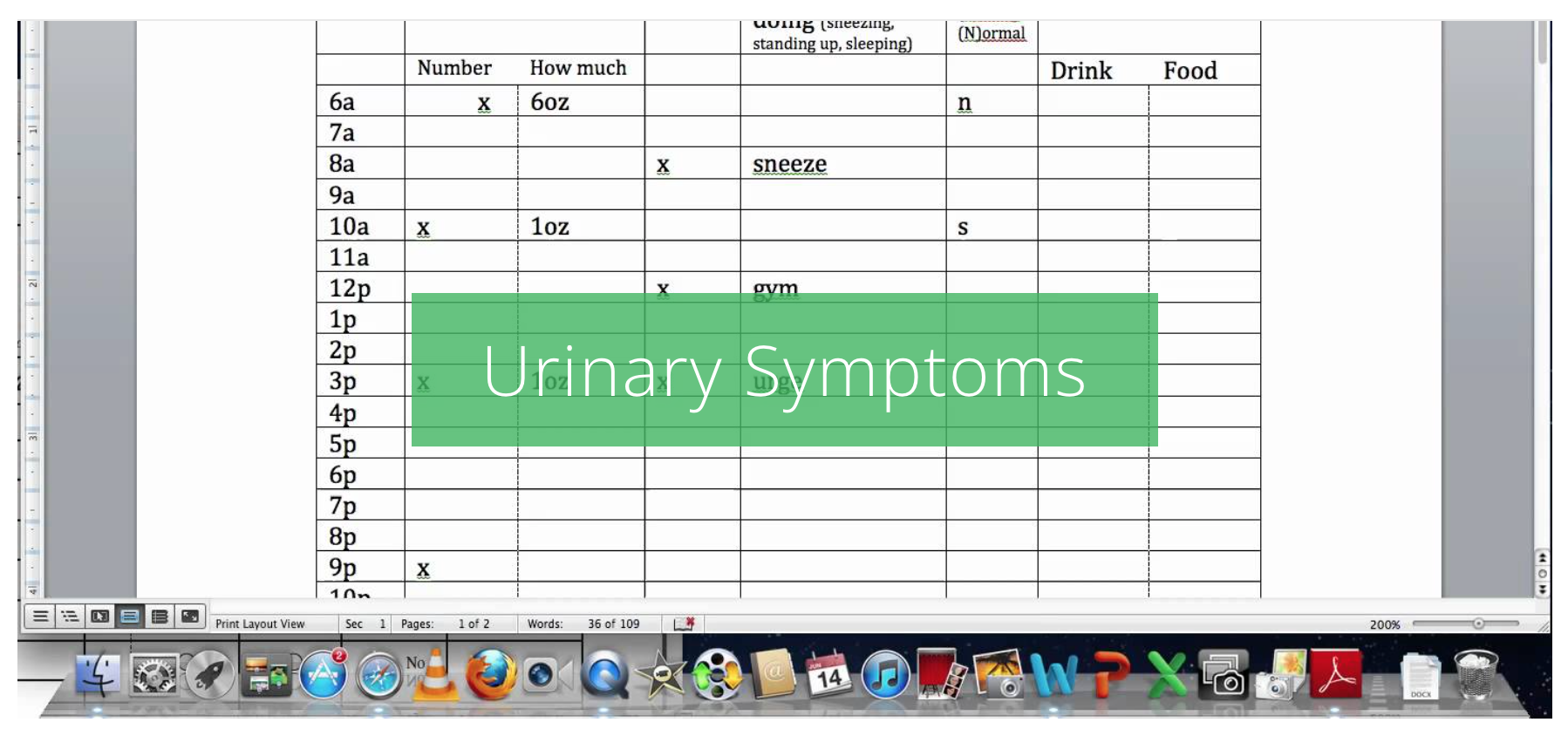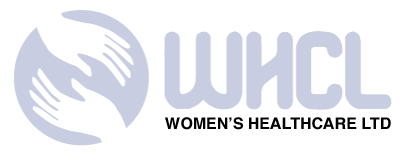
Urinary Symptoms
Many women experience lower urinary tract symptoms such as increased daytime frequency of micturition (passing water), urgency, urge incontinence and stress incontinence, and increased night time frequency. Urinary symptoms can be variable in terms of severity and the effect on quality of life. Pregnancy and childbirth, increasing age and menopause predispose to urinary problems.
URINARY FREQUENCY
Increased urinary frequency is when a person has to go to the toilet to empty their bladder more frequently than normal. This could be a result of producing more urine (drinking more fluids and conditions such as diabetes) or instability of the bladder muscles. It could also be due to bladder infection (cystitis).
The most common cause of urinary frequency is an overactive bladder (OAB) with one or more of other symptoms of urgency, urge incontinence and night time urinary frequency. Management of overactive bladder includes bladder retraining and drugs such solifenacin, tolterodine and mirabegron.
URINARY INCONTINENCE
When there is an unintentional leakage of urine and may have a profound effect on the quality of life.
There are several types of urinary incontinence, including:
stress incontinence when urine leaks when the bladder is under pressure, for example, when coughing or laughing
urge incontinence when urine leaks with a sudden, intense urge to pass urine, or soon afterwards
overflow incontinence when the bladder is not emptied completely and urine overflows as a leak
mixed incontinence when there are features of both stress and urge urinary incontinence
VOIDING DIFFICULTIES
Women with a cystocele or a bladder prolapse may experience difficulties in passing urine with poor and hesitant flow. The prolapse may need to be pushed up to help completely empty the bladder. The prolapse may change the angle of the urethra so that with change of position, there may be some involuntary urine leak.
TREATMENT
It is quite common to have mixed incontinence with features of both an overactive bladder (OAB) and of stress incontinence. This is first treated by pelvic floor muscle retraining and physiotherapy. This often improves the mixed incontinence. If stress incontinence persists despite physiotherapy, surgical management may be helpful. This comprises of insertion of a tape like a sling under the urethra, which improves the angle between the bladder and urethra, and improves the incontinence. The tape insertion is done by any of two methods- transobturator tape (TOT) or a transvaginal tape (TVT). Voiding difficulties related to a bladder prolapse is best treated by repair of cystocele which restores the bladder to its near normal position.
